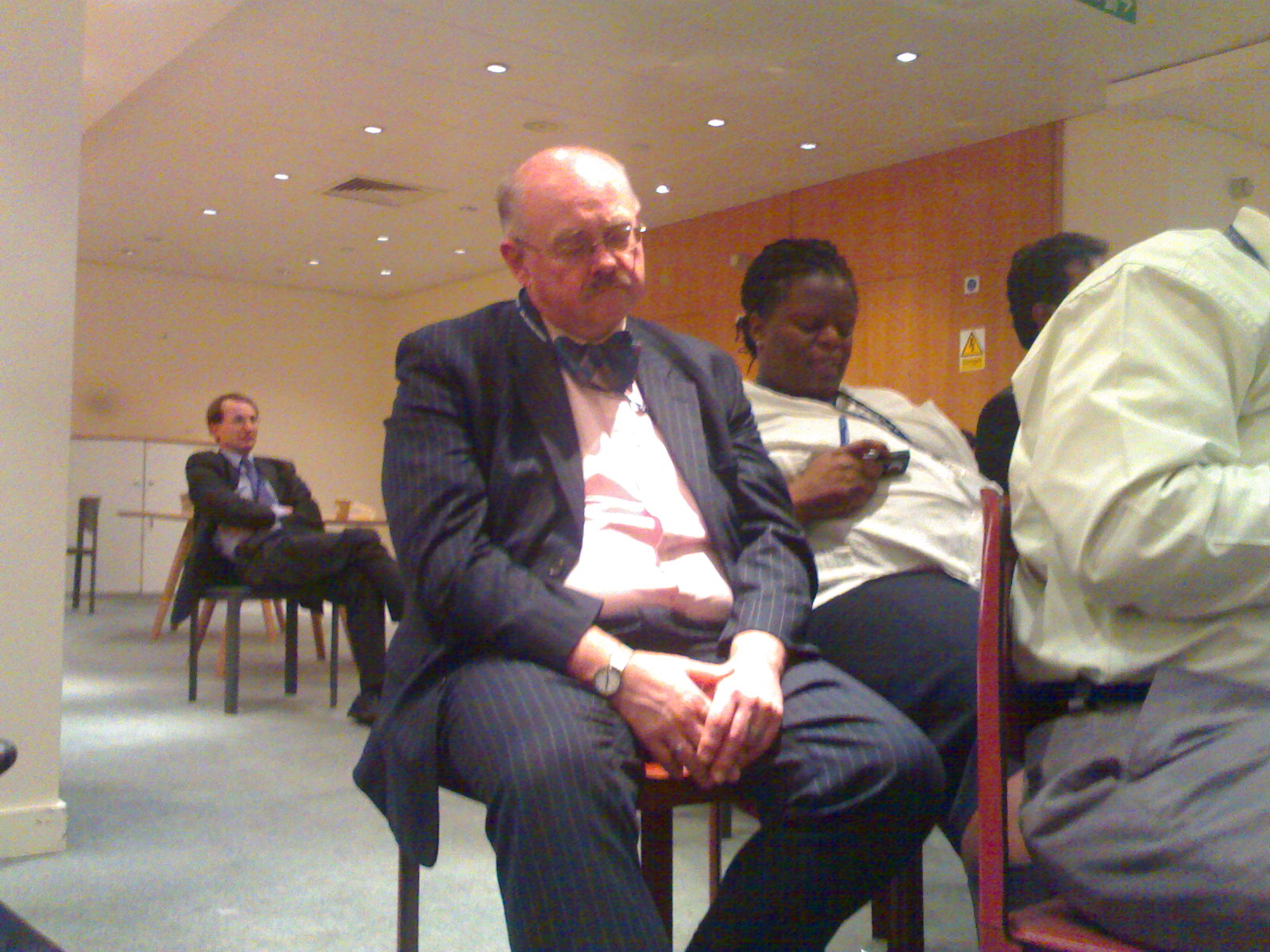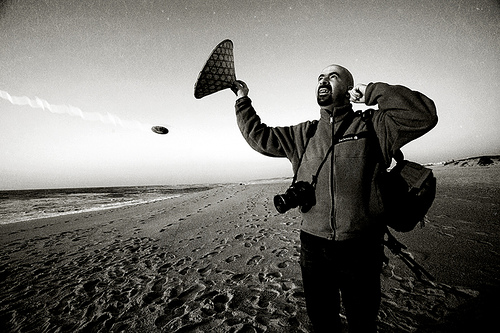We are currently in the communication age. Over the years, the number of channels of communicating with each other has increased at an astounding rate. We can now telephone, SMS, email, Facebook, video-conference, Skype, let alone write a letter. Its understandable that we suffer from communication overload. One way in which we can combat that, though, is if we all learn to use the appropriate method of communication for the situation at hand.
Factors to bear in mind
There are several factors to bear in mind. We shouldn’t just randomly pick the nearest method to hand.
Length of message – Some forms of communication are better suited to short messages (e.g. SMS), whilst long messages may be better suited to letter or e-mail.
Urgency of message – Writing a letter would take longer than an email to arrive
Would multimedia (images/diagrams and/or video) benefit the message? – You can’t convey images over the telephone, but with a service such as Skype you can.
Situation of the required participants – If the people you need to communicate with are in different countries, then a face-to-face meeting is much more difficult. Similarly, if time zones are majorly offset, then a telephone conversation might not be the best option
Is an immediate response practical, or does the receiver need time to think and/or gather information – If some information gathering is required, then an email requesting a phone call at a later date might be appropriate. This ensures that enough information about the telephone conversation is provided.
Types of communication
E-Mail – Suitable for non-urgent and medium urgency communications, or for contacting multiple recipients. You can also add attachments. E-mails should ideally be kept short though. Due to the avalanche of emails some people receive, care needs to be taken over whether email is the right form of correspondence for the recipient. A future post will cover getting the best out of email.
Telephone – If you start to write an email and your email is expanding into an essay, it may be quicker just to pick up the phone and call the recipient. Also, if you need to discuss / debate an issue, then this may be the most efficient.
Face To Face – Sometimes, meeting up face to face is the best option. Sure, it may take up more time, but you connect better with the recipient. It could be a sensitive issue, or maybe you just enjoy spending time around the other person. Face to face meetings are much more personal.
Skype – As a happy medium, a video service, such as Skype can be that in-between ground between a telephone and face to face. You can share files, see facial reactions and there is even a whiteboard for scribbling. It requires both people to have signed up to the service though and to have a microphone and webcam.
SMS – SMS, or Short Messaging Service, otherwise known as text messaging, is sent through your phone and limited to 160 characters. However, most phones and service providers now allow multiple texts to be stitched together. This is good for short messages that need to be sent quickly. It also gives the recipient chance to reply when they are able. For instance, if your recipient is busy during the day, but you want to know if they are free for dinner, you could text them. They will see straight away what you are contacting them about and will be able to reply when it is suitable for them.
Letter – Letters seem to be a dying form of communication these days. However, it always feels that bit special to receive a letter from someone (other than the Inland Revenue!) as it shows they have taken the time to put pen to paper and walk to the post box. However, its known as “snail-mail” for a reason!
I can’t possibly cover every single form of communication in one post, it would go on for ever. I haven’t even touched on social media, instant messaging, wikis etc, but hopefully I have covered the main forms of communication and formed the foundations for future communications in your future.
If you enjoyed this post, why not share it to Facebook or Twitter using the links below?
Featured Image: Pedro Ribeiro Simões
Day 18/365 – shehan peruma




